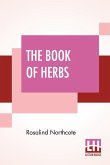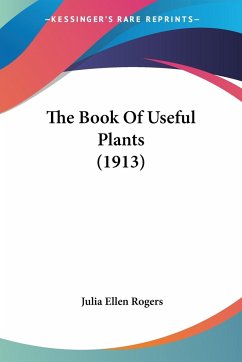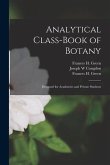Common reed (Phragmites australis, formerly P. communis) is a tall grass attaining a height of eight metres or more, with a large inflorescence. It is the principal, dominant species in European reedswamps and marshes, where the species may live for thousands of years. Phragmites grows in a variety of environmental conditions. It occurs from bog to marsh, to lake edges, from damp ground to depths of up to four metres in brackish and freshwater, from sea level to mountain. It may be tall and dominant, sparse and flaccid in wet woods, in bands along streams, as solitary shoots in fens, as short (10 cm) scratchy shoots in dry, salty trampled places, or as runners along the ground. Quite a variety! The study of Phragmites has been patchy, and serious, long-term research on the plant is still needed. The author is one of the people who, during a long career, has undertaken any such investigations. In this book, the life history of the plant, its pattern and growth, genetic and clonal variations, along with the plant's physical economic impact on its environment, are all discussed. Above all else, it shows how remarkable this plant is.
Hinweis: Dieser Artikel kann nur an eine deutsche Lieferadresse ausgeliefert werden.
Hinweis: Dieser Artikel kann nur an eine deutsche Lieferadresse ausgeliefert werden.

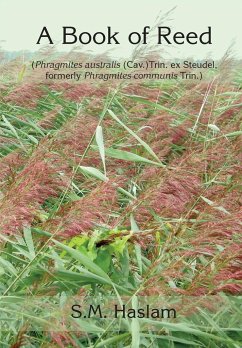
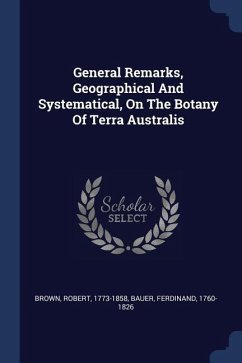
![A Book of Blanks for Botanical Analysis [microform]: With a Classified List of the Principal Descriptive Terms, a List of Exercises for Laboratory Pra A Book of Blanks for Botanical Analysis [microform]: With a Classified List of the Principal Descriptive Terms, a List of Exercises for Laboratory Pra](https://bilder.buecher.de/produkte/65/65639/65639436m.jpg)
